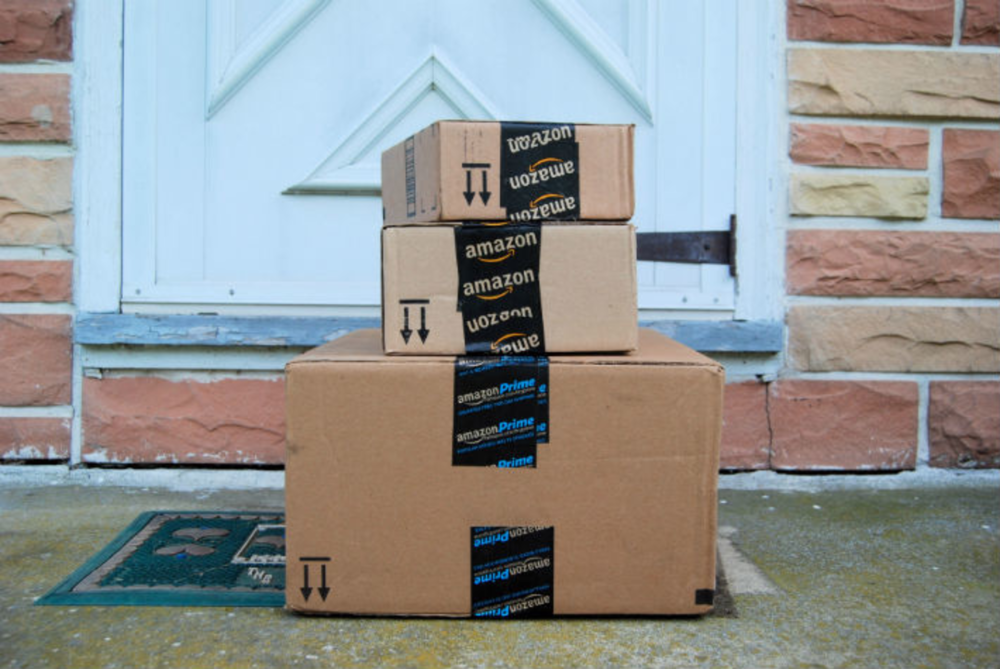The modern retail story is full of highs and lows.
The good news? Sales are up. According to a survey of 251 retail executives by Bluecore and NAPCO Research, 36% of respondents experienced e-commerce sales lifts of at least 10% from 2015 to 2016; 20% also experienced lifts of less than 10%.
The bad news? Brick-and-mortar stores are taking a hit. Major retailers like Sears Holding Corporation, JCPenney, and Macy’s all announced store closings this year.
Then, there’s Amazon — the online marketplace giant with whom retailers have a love-hate relationship.
On the one hand, Amazon is a challenger. According to the aforementioned Bluecore and NAPCO Research report, titled “A New Path for Retail: Co-Existing with the Force of Amazon”, 28.5% of retail executives surveyed consider Amazon a direct competitor. In addition, 66% of respondents say Amazon has “significantly” or “somewhat” increased its position in the marketplace since 2015.
On the other hand, Amazon can be viewed as an ally. Twenty-nine percent of respondents consider Amazon both a partner and a competitor. What’s more, 9% of participants say Amazon makes up more than 50% of their e-commerce revenue; a fifth (21%) also say it makes less than half of their e-commerce revenue.
Whether they love it or hate it, retailers can’t deny that Amazon has had a significant impact on the industry. Here are some of the biggest impacts the online marketplace has had based on data in the Bluecore and NAPCO Research report.
Data collection
Amazon is known for its data-driven product recommendations. In fact, 16% of survey respondents consider them one of “Amazon’s most impactful consumer-facing technology initiatives.” Retailers are taking note of Amazon’s data collection practices and stepping up their game.
Twenty-four percent of retail executives polled say they directly asked customers for more data points and incorporated them into their analyses during the 2015 to 2016 year; 15% also say they asked for more data but hadn’t started leveraging these insights just yet.
In addition, 14% of respondents say they started tracking observational data and including it in their analyses during the 2015 to 2016 year; 13% also started collecting this information but hadn’t tied it into their analyses.
Still, not everyone is taking Amazon’s lead. According to the report, 29% of respondents say they didn’t alter their data collection or analyses practices as a result of Amazon over this time period.
Technology spend
If retailers want to compete with Amazon, then they need to have the right tools. Some are willing to pay this price. According to the report, more than a third (35.5%) of participants have either “somewhat” or “significantly” increased their technology spend to compete with Amazon.
But again, not everyone is changing their ways. The report reveals that 53% of respondents have not changed their technology investments as a result of Amazon’s industry impact.
More customer-facing capabilities
There are number of features that attract consumers to Amazon. Free shipping for Prime members (63%), expedited shipping for Prime members (44%), one-click checkout (27%), and reviews (26%) are just some of the things respondents listed as “Amazon’s most impactful consumer-facing technology initiatives.”
So, it should come as no surprise that some retailers have started adopting these features, as well. According to the report, 18% of respondents say they added customer recommendations or reviews during the 2015 to 2016 year and 16% added free or expedited shipping for loyal customers or those who met a certain order size or other criteria. In addition, 13% say they created tailored website pages for customers over the course of that year, and another 13% said they added or adjusted email communication capabilities.







